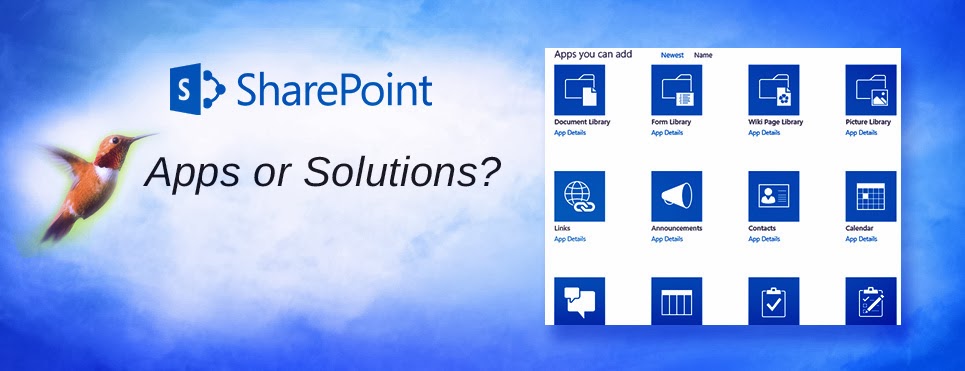Data migration is never been easier, unless it’s planned
well and the right migration strategy is used. Data migration typically
accounts for more than 60% of the total hours in a database development project
and requires a lot of engagement and input. Data migration is different from
database migration and involves translating data itself from one platform or
device to another. A good Data migration strategy should take into account the
tasks that needs to be performed in Pre-migration, Migration and Post-migration
Pre-migration
The pre-migration phase
includes all the tasks which are to be carried out before the actual data
migration takes place
Understanding the Data
Selecting the right data migration strategy starts with
understanding the data. Before migrating data, data models needs to be
analyzed. If the database vendor are
same like Oracle to Oracle, then copying total database schema would suffice
the requirement. If it is from one DB to the other like Oracle to MySQL then we
need to take care of data type and database specific issues.
Setting the expectation with Business:
Data migration is often
done to introduce a new system or upgrade the current system. This may require
the business to adapt their operational process or create additional processes
to support the system. It is important to set the expectation
with the business about the changes, downtime and the new process that needs to
be followed after data migration. The business managers who knows the data of
the system should be well informed about the data migration process.
Business planning should
also include task owner chart where each task assigned to the owner, who will
be present on the day of migration and takes predefined actions in case
something goes wrong.
Phasing
Phasing
is a good idea if the data involved in migration is huge or affects multiple
systems. Understanding how the data is put together can help in migrating data
in phases. Phasing will also help in data cleansing and integration issues,
where the Data expert can focus on particular area and resolve issues quickly.
Data Validation
Data
validation can be viewed as an extension of “Understanding Data” stage. Source
data validation may be required in cases where the target system has specific
mandatory attributes. Some cases may also require one to one detailed mapping
or user defined source data manipulation.
Data Cleansing
Poor data quality in a legacy system can affect the data
migration in numerous ways. Inaccurate data can be both costly and time
consuming. Data cleansing would ensure that the source data is in fit to be
sent to the target system.
Testing
Perhaps the most important task of the
pre-migration process is testing. Everything and anything that might go wrong
should be tested and necessary back up plan should be made. Testing should be
carried out with different data sets repeatedly until the process achieves the
target system quality check criteria consistently.
Migration
The migration process should ensure that the
data is transferred from source to target system seamlessly. As mentioned
earlier, the task owners should be present during the migration. Migration
downtime should allow unexpected delays and source systems should be frozen
before the migration begins. Production run and communication of status are two
important phases of migration.
Post
Migration
It’s the final and most important phase of data
migration. Depending on the quality checks at the Target system, the source
system can be on standby or run parallel. Cleanup of the temporary system
process and ensuring the final data is complete is important aspect of the post
migration process. Fallout assessment must be done and any manual intervention
should be carried out while keeping the business users in the information loop.






